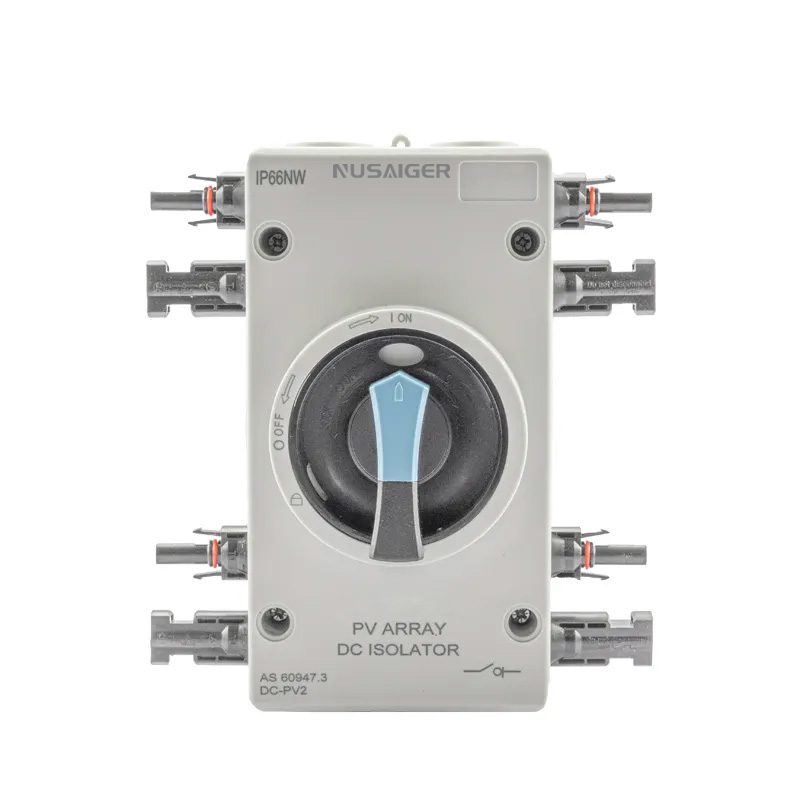Key Safety Features to Look for in a Solar Isolator Switch
When it comes to solar energy systems, safety is paramount. The solar isolator switch (SISO) plays a critical role in safely disconnecting the photovoltaic (PV) array from the rest of the system during maintenance or emergency scenarios. But what makes an isolator switch truly reliable?
1. High Voltage and Current Ratings
Choose isolator switches rated appropriately for the system’s DC voltage and current. Inadequate ratings can result in overheating, arcing, or premature failure. For residential systems, ratings of 600V to 1000V DC are typical, while commercial arrays may require even higher.
2. Arc Suppression Mechanism
DC circuits do not naturally pass through zero voltage, which makes arc extinction more difficult than in AC systems. A well-designed solar isolator switch will have arc suppression chambers or magnetic arc blow-out systems to prevent arc damage and fire risks.
3. Lockable in OFF Position
For safety during maintenance, the isolator should be capable of being padlocked in the OFF position. This feature helps prevent accidental energizing of the system while technicians are at work.
4. IP and UV Protection Ratings
If the isolator is installed outdoors, ensure it has a high IP rating (e.g., IP66) to resist water and dust ingress. UV-resistant materials are also important for ensuring long-term durability under sunlight exposure.
5. Compliance with International Standards
Make sure your isolator switch complies with standards such as IEC 60947-3 or AS/NZS 5033. Compliance indicates the product has undergone rigorous testing for electrical, mechanical, and environmental safety.
Conclusion
The right solar isolator switch is not just a component — it’s a safety investment. Always evaluate the features and certifications before making a purchase to ensure reliable operation and peace of mind.



